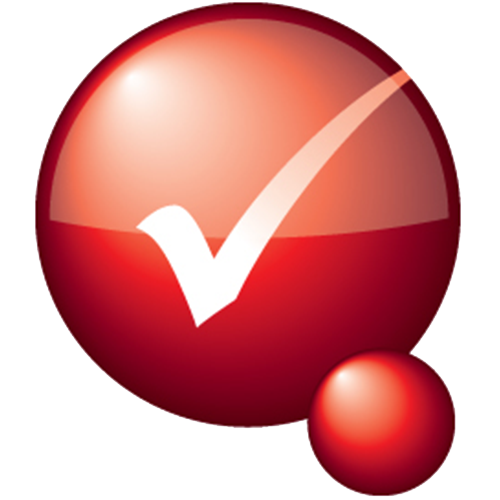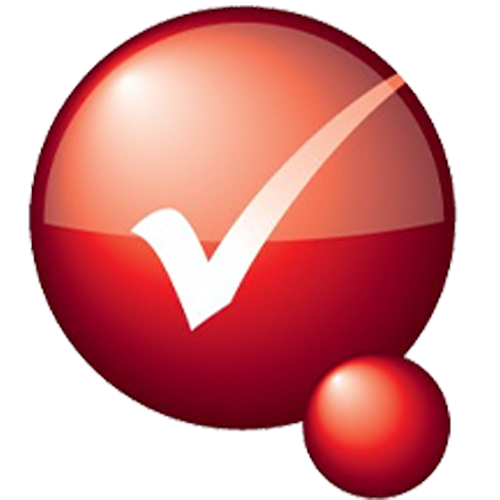THE HIERARCHY OF CONTROL
The hierarchy of control is a system for controlling risks in the workplace. It is a step by step approach to eliminating or reducing risks associated with a certain task or activity. It ranks risk controls from the highest level of protection/reliability through to the lowest/least reliable protection.
Eliminating the hazard and risk is the highest level of control in the hierarchy, followed by reducing the risk through substitution, isolation and engineering controls, then reducing the risk through administrative controls. Reducing the risk through the use of protective personal equipment (PPE) is the lowest level of control.
THE FIRST LEVEL - ELIMINATION
Elimination is the highest level of protection and most effective control, it is the recommended process but isn’t always a possible outcome.
Elimination means completely removing the hazard and the risk it creates.
Example: Employees are working at a height above ground level where there is a risk of falling. Moving the work to ground level eliminates the fall hazard - removing the risk associated.
THE SECOND LEVEL - REDUCE
Reducing the risk the second highest level of protection and still a somewhat effective control.
Reducing includes substitution, isolation and engineering controls (more info on each below).
Example: instead of using high risk manual work, replacing that labour with plant/machinery.
THE THIRD LEVEL - ADMINISTRATIVE
Administrative controls have a low level of protection and less reliable control. Administrative controls include training, housekeeping, equipment maintenance and process/procedure manipulation.
Example: Ensuring that a worker that is performing a high risk activity is property trained and informed on what to do to ensure that the risk level is as low as possible.
THE LAST LEVEL - PERSONAL PROTECTIVE EQUIPMENT
Personal protective equipment (PPE) is the lowest level of protection and least reliable control measure. It includes using PPE to protect people from harm, it does not reduce the risk/hazard, it just reduces possible injuries.
Example: Workers are wearing a hard hat when there is a possibility of falling objects.
DUTIES AS AN EMPLOYER
As an employer you have a duty under the Occupational Health and Safety Act 2004 (OHS Act) to eliminate risks to health and safety, so far as is reasonably practicable. If it is not reasonably practicable to eliminate risks to health and safety, you must reduce those risks, so far as is reasonably practicable.
The hierarchy of controls helps employers fulfill their OHS Act responsibilities. In line with the OHS Act, the hierarchy of control first instructs employers to eliminate hazards and risks. If employers cannot eliminate hazards and risks, then they must work through the hierarchy and select controls that most effectively reduce the risk.
Reducing the risk may involve introducing a single risk control or a combination of two or more different controls. For example, protecting employees and others from flying debris when using a concrete cutting saw may involve isolating the work area, guarding the saw blade and using PPE such as face shields.
When determining the most effective and reasonably practicable risk control, consider the time needed to introduce the control and whether it is necessary to introduce temporary risk control measures while preparing the preferred control. In some cases it might be necessary to stop the activity until you can put an appropriate risk control measure in place.
IMPLEMENTING THE HIERARCHY OF CONTROL
1. Eliminate the risk
The most effective control measure involves eliminating the hazard and its associated risk. The best way to eliminate a hazard is to not introduce the hazard in the first place. For example, you can eliminate the risk of a fall from height by doing the work at ground level.
Eliminating hazards can be cheaper and more practical at the design or planning stage of a product, process or workplace. In these early stages, there is more scope to design to eliminate hazards or to include risk control measures that are compatible with the requirements of the original design and function.
Employers can also eliminate hazards and risks by removing the hazard completely. For example, removing trip hazards on the floor or disposing of unwanted chemicals eliminates the risks they create.
It may not be possible to eliminate a hazard if doing so means you are unable to make the end product or deliver the service. If it is not possible to eliminate the hazard, then you must eliminate as many of the risks associated with the hazard as possible.
2. Reduce the risk through substitution, isolation or engineering controls
If it is not reasonably practicable to eliminate the hazards and associated risks, minimise the risks by:
Substitution
Substitute the hazard with something safer. For example:
use a scourer, mild detergent and hot water instead of caustic cleaners for cleaning
use a cordless drill instead of an electric drill if the power cord is in danger of being cut
use water-based paints instead of solvent-based paints
Isolation
Isolate the hazard. For example:
use concrete barriers to separate pedestrians and employees from powered mobile plant
use remote controls to operate machines
install guard rails around holes
Engineering controls
An engineering control is a control measure that is physical in nature, including a mechanical device or process. Examples of engineering controls include:
mechanical devices such as trolleys or hoists to move heavy loads
guards around moving parts of machinery
pedestrian-sensing systems
speed-governing mechanisms
3. Reduce the risk using administrative controls
Administrative controls are work methods or procedures designed to minimise exposure to a hazard. In most cases, administrative controls use systems of work to control the risk. For example:
developing procedures on how to operate machinery safely
limiting exposure time to a hazardous task
using signs to warn people of a hazard
4. Reduce the risk using personal protective equipment (PPE)
PPE refers to anything employees use or wear to minimise risks to their health and safety. PPE includes but is not limited to the following:
ear muffs and earplugs
goggles
respirators
face masks
hard hats
safety harnesses
gloves
aprons
high-visibility clothing
protective eyewear
body suits
safety footwear
sunscreen
PPE limits exposure to the harmful effects of a hazard but only if employees wear and use the PPE correctly.
Using administrative controls and PPE to reduce risks does not control the hazard at the source. Administrative controls and PPE rely on human behaviour and supervision and, used on their own, tend to be least effective in minimising risks.
Use administrative controls and PPE only:
as last resorts when there are no other practical control measures available
as an interim measure until introducing a more effective way of controlling the risk
to increase the effectiveness of higher-level control measures
CHOOSE THE CONTROLS
Consider various control options and choose the controls that most effectively eliminate the hazard or, if elimination is not reasonably practicable, minimise the risk in the circumstances. Reducing the risk may involve a single control measure or a combination of different controls that work together to provide the highest level of reasonably practicable protection.
As an employer you must consult your employees and their health and safety representatives (HSRs), if there are any, when deciding on risk controls.
This information was taken from the Worksafe Victoria website - please check to see up to date HOC information here.
Questions about the hierarchy of control or think we are missing something?





